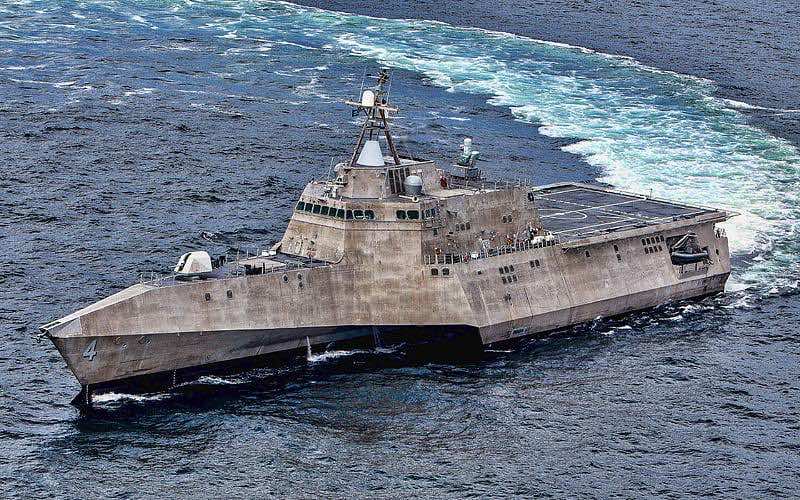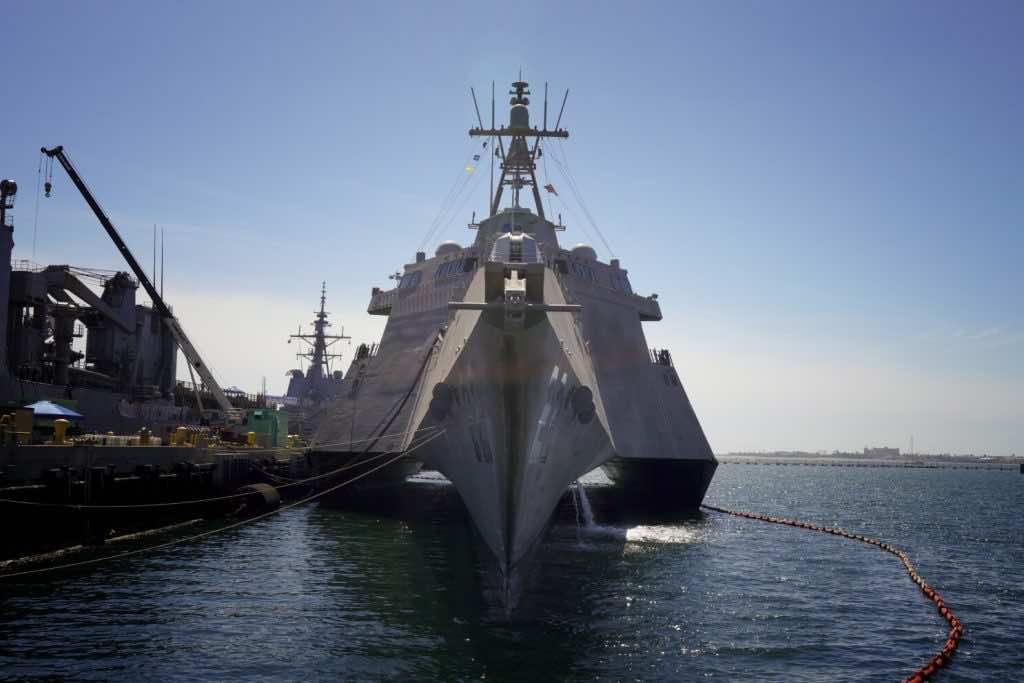The United States Navy has announced that it will decommission the first four Littoral Combat Ships (LCS), ushering in what could be a painful end to a program that has cost billions of dollars while providing little in the way of operational capabilities.

The US Naval Institute’s news page was the first to report on the decommissioning plans. The four ships have all served for at least ten, if not twenty, years but are now non-deployable test ships that are not rated for combat. So it’s unclear why the Navy wants to get rid of them when it’s aiming for a fleet of 355 ships by 2030.
One of the four ships set to retire from the contentious Littoral Combat Ship class is a USS Coronado (LCS-4). But why is the US Navy dumping them all so easily?

The LCS, as Navy officials envisioned it in the late 1990s, would be a speedy, low-cost attacker for shallow-water warfare. The Littoral Combat Ship program, on the other hand, has been plagued by issues since its inception. Nevertheless, the notion of a small (500 ton), quick, highly armed “Streetfighter” of a ship capable of duking it out with huge ships while operating in coastal zones and island chains inspired the LCS.
This later evolved into a considerably bigger ship that was lightly armed and outfitted with interchangeable, self-contained “mission modules” for various missions. Minehunting. Submarine warfare. Protection against smaller boats. But the concept was flawed. Therefore, it was easier to scrap them instead of making necessary upgrades.
Watch the video below to know everything in detail:
LCS was a large-scale initiative. For instance, one ship, forward-deployed in the South China Sea, might switch modules to perform different duties without having to return to the United States for a costly and time-consuming refit. At least, that was the notion.
The early decommissioning of the Navy’s first four Littoral Combat Ships is a negative harbinger. The Navy is frantically attempting to stick to its plan to build the fleet to 355 ships, and retiring four ships—one of which is only six years old—runs directly against that ambition.

Astonishingly, the US Navy can’t find a reason to retain these ships in service until at least 2030, even if they’re just used for training or light duty.


